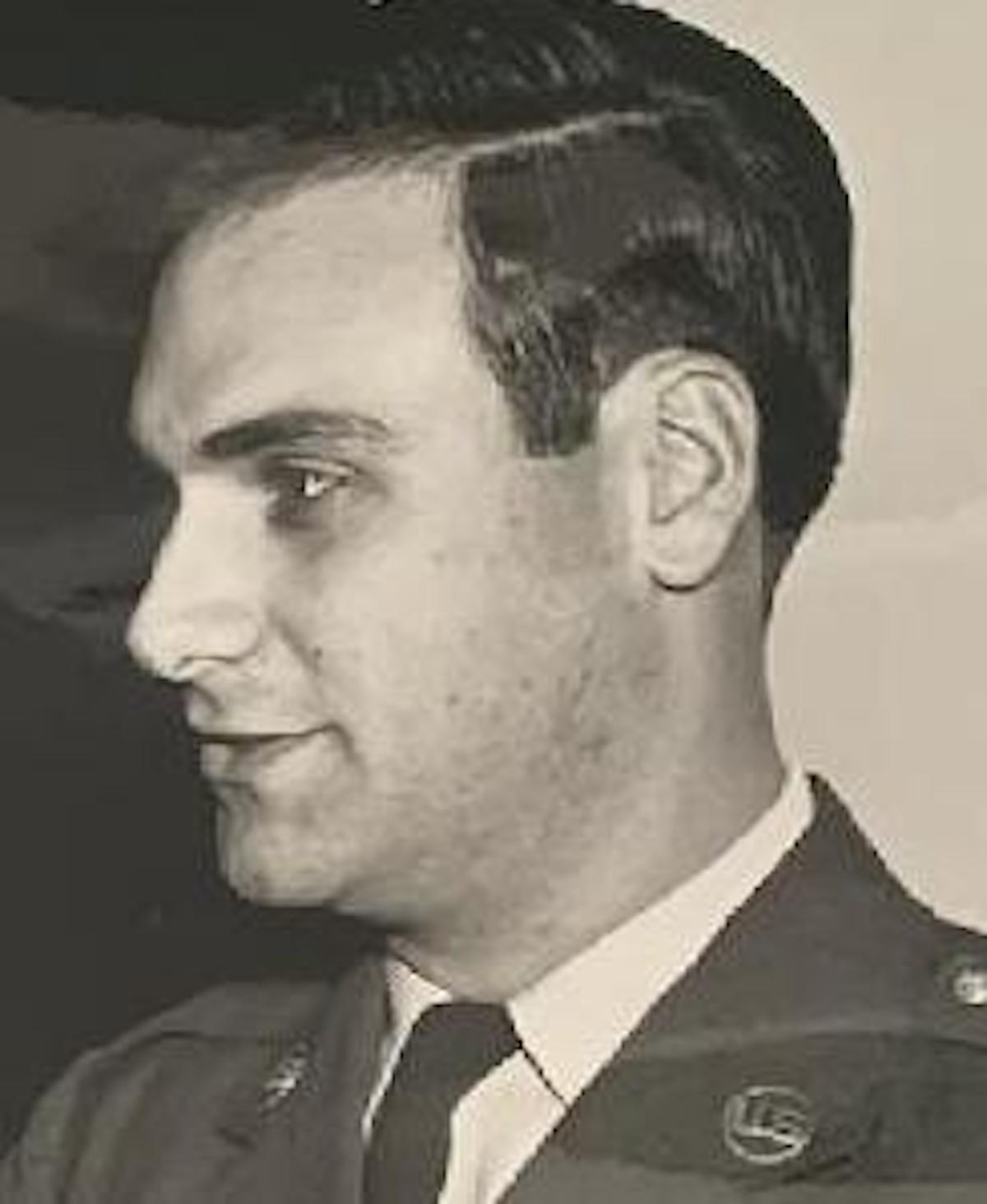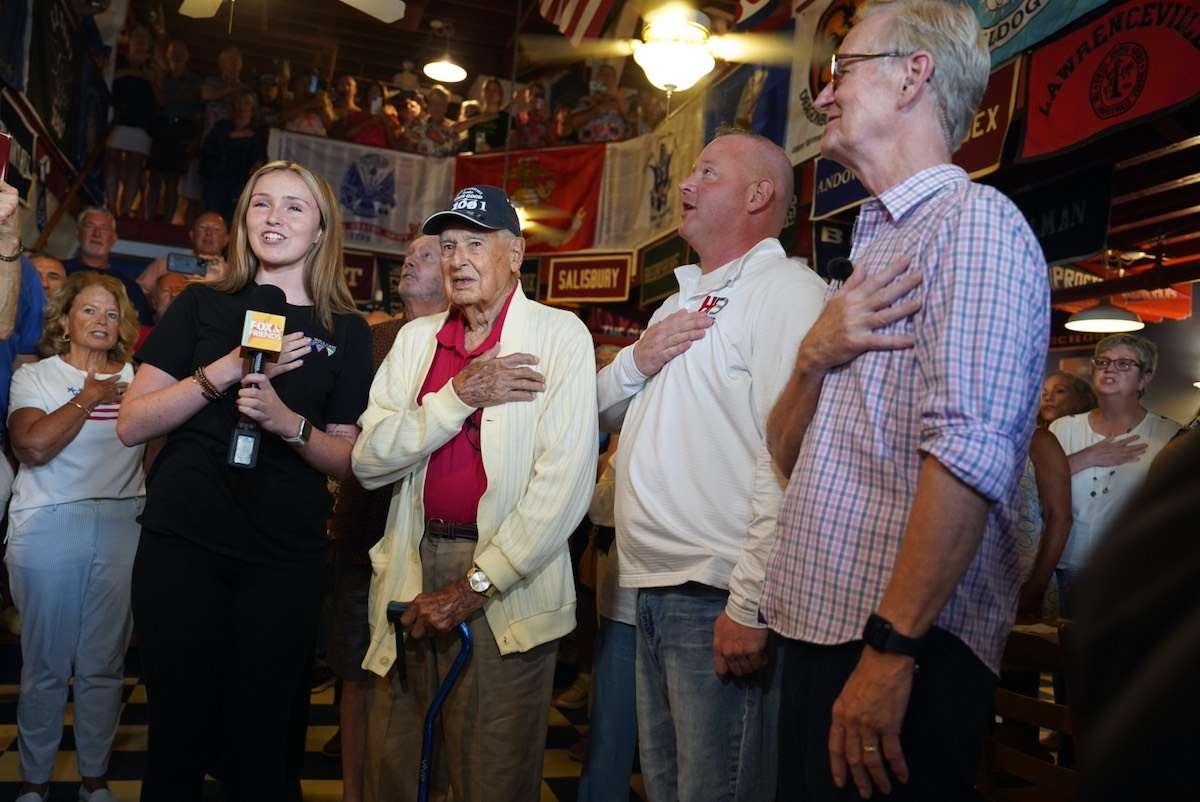By Larry Dandridge
Editor’s note: This article is the third in a series of three.
The Nexus letter should include the kind of information in the following notional ten-paragraph letter:
1. Address
FROM: Dr. George M. Great, Orthopedic Surgeon, Medical University of West/North/East Carolina (MUWNEC), 123 F Road, Happiness, SC 29876, Phone: 123-456-7890, FAX: 123-456-1234, Email: GMGreat456@abc.com
TO: DEPARTMENT OF VETERANS AFFAIRS, CLAIMS INTAKE CENTER, PO BOX 4444, JANESVILLE, WI 53547-4444.
2. Introduction of Physician (credentials/experience)
“I am a board-certified Orthopedic Surgeon, License Number 12345, with 19 years of experience treating orthopedic health-related problems. I am currently the Chief of Orthopedics at the Medical University of West/North/East Carolina (MUWNEC), and many of my patients are veterans. I also treat veterans at the ABC Veterans Medical Center (VMC) through an agreement between MUWNE and the ABC VMC.”
3. Introduction of the veteran and the letter’s purpose
“I am writing this letter of support for Robert Larry Lightle, a 78-year-old US Army veteran, last four XXX-YY-1111, date of birth: March 15, 1947. The patient records show that he served from August 1967 to September 1991 as an enlisted U.S. Army Infantryman, a Warrant Officer Helicopter Pilot, and a commissioned officer.”
4. Description of the physician’s clinical relationship with the veteran
“I’ve been treating Lightle for his back, hip, neck, knee, and SI Joint injuries, complications, and pain since January 2010, and we have met approximately once a quarter during this period.”
5. Combat wounds/Injuries
The patient’s military medical and personnel records indicate that he served in Vietnam from September 1968 to April 1969 as a Warrant Officer Pilot. His records show that he was severely wounded on March 28, 1969, when his UH-1B Helicopter’s tail rotor system was blown off, his aircraft spun into the ground, seriously wounding and injuring the entire crew of four. A picture of the crashed helicopter is at Enclosure 1.
In that crash, Lightle’s back was broken (L1 compression fracture/ 84 % of L1 destroyed), ankles were shattered, right hand/carpal broken, left mandible fractured, neck severely whiplashed, neck lacerated deeply (1 inch x 5 inches), knees sprained, and brain traumatically injured (TBI). His records indicate that he was treated for his injuries at the Army Hospital in Can Tho, South Vietnam; the Army Hospital in Saigon; the 249th General Hospital, Japan; Scott Air Force Base Hospital; and the Fort Jackson Hospital.
6. Current Diagnosis and Symptoms
Lightle has a scoliosis of the spine caused by his compression fracture in Vietnam. He has a noticeable limp, as his left leg is one inch shorter than his right due to scoliosis. He has moderate to severe and continuous lower back pain and severe Osteoarthritis in L1 and L2, caused by his 1969 compression fracture and the resulting scoliosis. He has moderate and continuous lower back pain in the L4 and L5 area due to the destruction of much of his L1 and stress/weight being shifted from L1 to L4 and L5.
Lightle has continuous, moderate to severe lower back pain and osteoarthritis in his Sacroiliac (SI) Joints, caused and worsened by his original L1 injuries. Lightle has Osteoarthritis and minor to moderate continuous pain throughout his spine, caused by his L1 fracture, severe neck whiplash, and resulting severe head, neck, and back trauma, on March 28, 1969, in Vietnam.
Lightle also has moderate to severe and continuous inflammation, and frequent and sharp moderate to severe shooting pain in his bursae (bursitis) at his left and right hip and right knee, caused by his original L1 fracture. His scoliosis, shorter left leg, and noticeable limp have been stressing and wrecking his joints for 56 years. They are a direct result of his severe combat injuries in Vietnam.
He also has stenosis of the spinal canal, and arthritic bone and hardening tissue are pressing on the nerves in the spinal canal. His stenosis is caused by the wear and tear damage in the spine, which has been worsened by his L1 compression fracture, the resulting arthritis, and the scoliosis. His symptoms are severe lower back pain, tingling, numbness, and weakness in his back, legs, and feet.
7. Mental symptoms
His combat injuries have also taken a toll on him mentally. He has been in continuous pain since March 28, 1969, and the quality of his home life, social life, and work performance has been degraded by the need for frequent treatment and his continuous pain. He was a star athlete in high school and college, but his Vietnam injuries now restrict him from walking or standing for more than about 10 minutes. His pain causes him depression, anxiety, and continuously reminds him of the many traumas he experienced in Vietnam and other combat assignments. His PTSD is also frequently triggered and worsened by his pain.
8. Treatment description
He underwent Minimally Invasive Lumbar Decompression surgery in February 2024, hundreds of hours of physical therapy since 2004, some chiropractic care, four steroid injections in his bursa at the hip and back (Epidural in January of 2024). He has been treated with Morphine, Tramadol, high doses of acetaminophen, Celebrex, and Aleve. He has received acupuncture, massage, a TENS unit, Voltaren Cream, Lidocaine Patches, heat, a neck traction machine, and ice to reduce inflammation and pain. He is a candidate for back surgery and more epidural injections, but cannot have those treatments until after June 15, 2025, due to his need to be on two blood thinners until June 14, 2025.
9. Service-connection
Based on my review of Lightle’s military, VA, and civilian medical records, a picture of his crashed helicopter, his Purple Heart Award, MRIs, X-rays, three Lay Witness Statements, and clinical interview, it’s my opinion that Lightle’s military service wounds/injuries caused his L1 compression fracture, severe neck whiplash, broken left mandible, shattered ankles, TBIs, broken right hand, PTSD, migraine headaches (secondary to TBIs), neck severe laceration, current disabilities, and significant degradation of quality of life. Lightle’s L1 compression fracture in Vietnam is highly likely to be the root cause of his scoliosis, limp, bursitis, osteoarthritis, stenosis of the spinal canal, and resulting fluctuating moderate to severe and continuous pain, numbness, tingling, and weakness in his back, hips, knees, SI joints, legs, and feet. It is also highly likely that his Vietnam injuries are partially the cause of his moderate PTSD, anxiety, and depression.
10. In summary
Lightle’s combat injuries are the root cause of his above-described wounds, injuries, symptoms, medical conditions, and disabilities, and he needs VA healthcare and disability support from the VA.
Signed,
Dr. George M. Great
This concludes this series of three articles on Nexus letters.
Larry Dandridge is a Vietnam War wounded warrior, a combat and service-connected 100% disabled veteran, an ex-Enlisted Infantryman, an ex-Warrant Officer Pilot, and a retired Lt. Colonel. His over 250 articles on veterans’ benefits, leadership, logistics, hospice, law enforcement, and aeronautics have been published in over 20 magazines and newspapers in the USA, Germany, and England. Larry is a former Veterans Service Officer, a Patient Adviser at his local VA Hospital, a Fisher House Charleston Goodwill Ambassador, and the past Vice President for Veteran Affairs for his local Association of the US Army (AUSA) and Military Officer Association Chapters. He is currently the VFW Post 7378 Service Officer, the author of the award-winning and popular (over 250 five-star reviews) Blades of Thunder (Book One), and a contributing freelance writer with The Island News. Contact him at LDandridge@earthlink.net or 843-276-7164.










